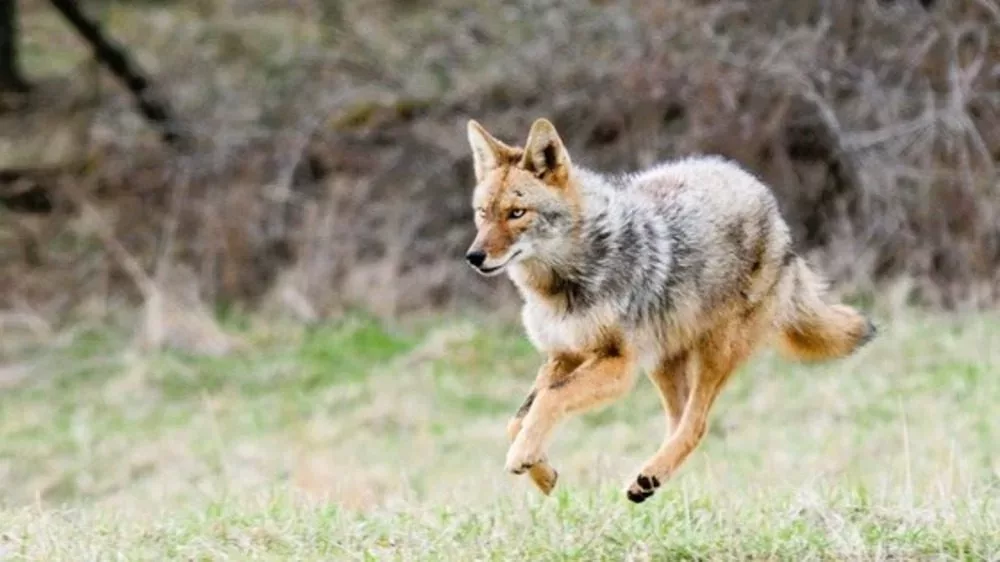
Officials with Kentucky Department of Fish and Wildlife Resources are keeping an eye out this winter and spring, as increased sightings of coyotes are expected — thanks to the search for mates, the establishment of territory, and the raising of young.
According to Laura Palmer, wildlife biologist, winter mating seasons typically lasts into March, with pup rearing rolling into late spring and early summer.
Coyotes are shy and will typically avoid humans, however, they are protective. Members of the canine family, they are mostly monogamous and form lasting bonds with family, and as humans traverse farms and other properties, it’s not uncommon to discover dens or packs in the wild.
In a written statement, Palmer noted there are “many unfortunate misconceptions about coyotes,” and basic understanding of the animal can help avoid conflicts.
Found in every state except Hawaii, and in all 120 Kentucky counties, most coyotes aren’t interested in pets or livestock. They can live in any habitat and actually prefer to feed on rodents, insects and fruit — and as such, can serve as terrific carrion and pest control.
However, they will take advantage of food sources around homes if an easy meal is available, and Palmer urges rural and urban citizens to not feed them — intentionally or unintentionally — and that bird feeders, compost piles and other mammalian visitors can draw coyote attention.
Clean grills. Remove grease traps. Secure garbage. Plug holes under fences. Block access to crawl spaces. Put fencing up around yards and gardens.
Den sites, she added, may be in hollow trees or logs, rock crevices, brush piles, abandoned groundhog burrows, or even abandoned buildings and junk piles.
If you do encounter a coyote, keep these actions in mind:
+ Try to scare it away immediately. Don’t stand and watch it.
+ Shout, whistle, clap your hands, stomp your feet and make some loud noise.
+ Make yourself appear larger by waving your arms, widening your stance or wave a walking stick.
+ Establish dominance. Take a step or lunge toward the coyote. Throw a rock or stick in its direction, but not directly at it.
+ Pick up dogs and small children.
+ Keep scaring the coyote until it is out of sight.
+ And stay away from any known or potential dens.
If you suspect a den is nearby, slowly back away from the area and do not haze the coyote.




